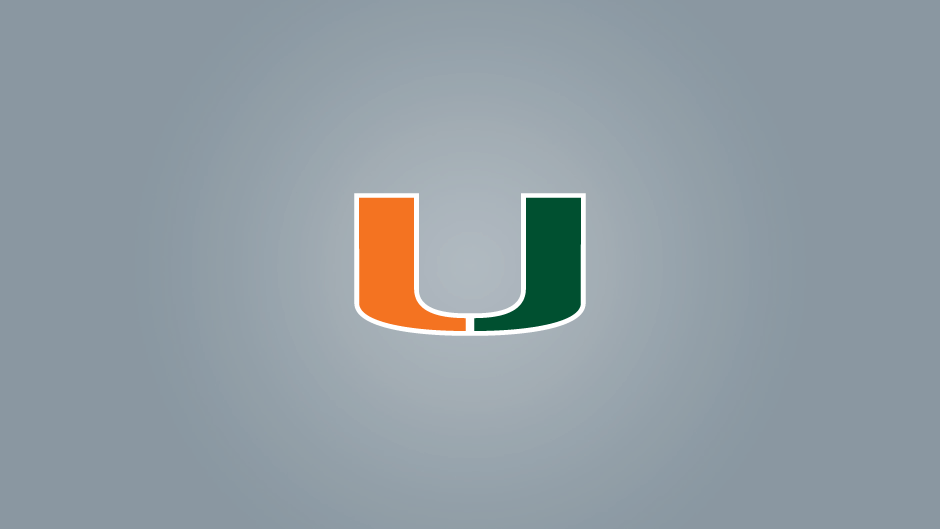Two large-scale oil spills in the Gulf of Mexico over the past four decades—the 1979 Ixtoc I spill off the coast of Carmen, Mexico that released 3.5 million barrels of crude oil, and the 2010 Deepwater Horizon blowout off Louisiana that released 3.19 million barrels into the Gulf—have resulted in scientists coming together to gather data needed to understand the fate of oil, its disturbance to the ecosystem, and impacts on humans. One of the largest drivers of research efforts surrounding the 2010 Deepwater Horizon incident is the Gulf of Mexico Research Initiative (GoMRI).
GoMRI-funded research has identified gaps in our understanding, which is leading to new research and insights that will inform society’s response to future oil spills through improved mitigation efforts, refined detection of oil and gas in the environment, more robust spill simulation models, and novel technologies.
As we celebrate oceans this week as part of #WorldOceansDay, we reflect on the progress GOMRI has made in advancing oil spill research, and subsequently our ability to deal with the ever-present threat of oil spills. Due to the groundbreaking research GOMRI has sponsored, we will be better prepared to understand and respond to any future petroleum releases into marine systems.
Through GoMRI research funding, scientists at the University of Miami (UM) Rosenstiel School of Marine and Atmospheric Science have helped to significantly enhance our knowledge of Gulf ecosystems and the impacts of oil spills on the Gulf.
Oil spills are a persistent threat to the Gulf of Mexico and GoMRI scientists have rapidly responded to these spills. Within a few days of the July 2013 explosion on the Hercules gas platform off the coast of Louisiana, a diverse team of GoMRI scientistsfrom five research consortia, including the University of Miami-based Consortium for Advanced Research on Transport of Hydrocarbon in the Environment (CARTHE), quickly mobilized to visit the rig site.
University of Miami Rosenstiel School-based RECOVER consortium, which focuses on the affects of oil exposure on fish, will satellite tag captive mahi-mahi to examine spawning behaviors; look at how oil exposure can alter vision and smell in mahi-mahi and red drum; observe the heart cells of oil-exposed mahi-mahi, evaluate the impacts of oil on genetic profiles of embryos of mahi-mahi and red drum to better predict adverse effects on the heart and whether there can be recovery; use Gulf toadfish to examine how ingesting oil-contaminated seawater affects the ability of marine fish to maintain hydration and electrolyte balance while living in a salty environment.
View satellite tagging of mahi-mahi here: https://www.youtube.com/watch?v=uJpeKHm-3Zo
Professor of ocean sciences Claire Paris have been working on the Deepwater Horizon oil spill since the beginning, in April 2010, when she received a National Science Foundation grant to build the oil dispersion model.
Paris is currently a member and lead of the near- and far-field modeling task of the GoMRI-funded Center for Integrated Modeling and Analysis of Gulf Ecosystems(C-IMAGE), a research consortium of 19 U.S. and international partners focused on effects of oil spills on marine environments based at the University of South Florida.
Three recently funded GoMRI studies from scientists at the UM Rosenstiel School include:
§ UM professor of ocean sciences Lynn “Nick” Shay was awarded GoMRI funding for a three-year study, titled “Three-Dimensional Gulf Circulation and Biogeochemical Processes Unveiled by State of the Art Profiling Float Technology and Data Assimilative Ocean Models.”
§ UM research professor of ocean sciences Villy Kourafalou was awarded funding for a three-year study, titled “Influence of River Induced Fronts on Hydrocarbon Transport.”
§ UM professor of ocean sciences William Drennan was awarded funding for a three-year study, titled “Investigation of Oil Spill Transport in Coupled Wind-Wave Current Environment Using Simulation and Laboratory Studies.”
About GoMRI
All research discussed in this article was made possible by grants from The Gulf of Mexico Research Initiative (GoMRI). The GoMRI is a 10-year independent research program established to study the effect, and the potential associated impact, of hydrocarbon releases on the environment and public health, as well as to develop improved spill mitigation, oil detection, characterization and remediation technologies. An independent and academic 20-member Research Board makes the funding and research direction decisions to ensure the intellectual quality, effectiveness and academic independence of the GoMRI research. All research data, findings and publications will be made publicly available. The program was established through a $500 million financial commitment from BP. For more information, visit http://gulfresearchinitiative.org/.

